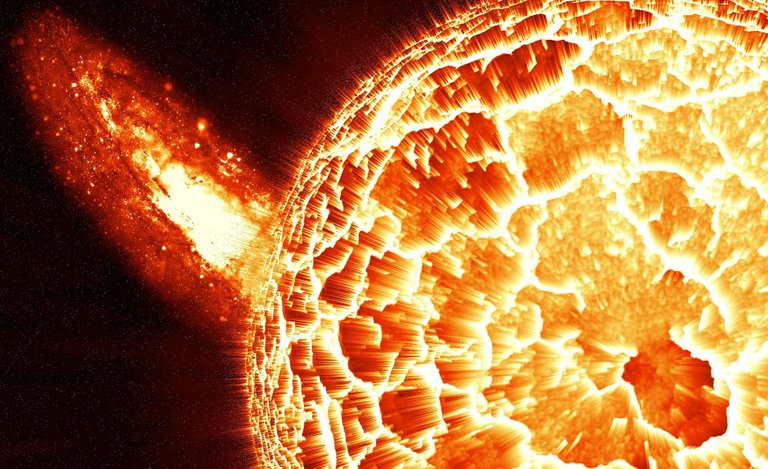Recently, we witnessed the star EK Draconis shoot out a super-eruption. It was a heavenly show but also a warning. It’s only a question of time before a similar eruption hits our own planet.

- Be also sure to check out my other posts and follow me @kralizec and subscribe to my Youtube channel at Kralizec Gaming Youtube Channel
The star EK Draconis in the Dragon constellation is a 100 million-year-old version of our own Sun. This stellar baby recently fired off an extreme eruption of magnetic plasma. Ten times more powerful than anything we ever saw from stars similar to the Sun. It’s a mighty dragon spewing out fire. For astronomers, it was a great show and a warning at the same time. We should get ready.
Astronomer Yuta Notsu from the Laboratory for Atmospheric and Space Physics at the University of Colorado and his colleagues are convinced that our own Sun is capable of being just as aggressive and spewing out as much coronal matter. Luckily, the Sun is much older and thus much calmer doing such things much less often.
It is certainly a good thing that we know how powerful these coronal ejections can be. It allows us to estimate the amount of damage they would do. We can be certain that geomagnetic storms that would damage satellites, cause blackouts, or silence the internet and other forms of communications. And it’s not just about the Earth. An event of similar intensity as we saw with EK Draconis could also literally cook any device or human that would be hit directly without the protective bubble of the Earth’s geomagnetic field.
Scientists have already known that Sun and stars similar to it are capable of firing off super-eruptions. And when it comes to young stars they can do it almost every other week. Adult stars like our Sun should fire off such eruptions once in about 1000 years.
Supereruptions themselves aren’t that dangerous. Trouble starts when the supereruption comes with a super-ejection of coronal matter. Notse and his colleagues were searching for exactly that. Using the Transiting Exoplanet Survey Satellite (TESS) and the Japanese SEIMEI Telescope they observed the EK Draconis star which is about 111 light-years away from Earth between January and April of 2020. On the 5th of April, they got lucky, detecting a shift in EK Draconis’ spectrum which corresponds to a large plasma ejection.
Sources:
- If you like the content I’m producing about science maybe you will like the content I produce about gaming as well! Be sure to check out my other posts!